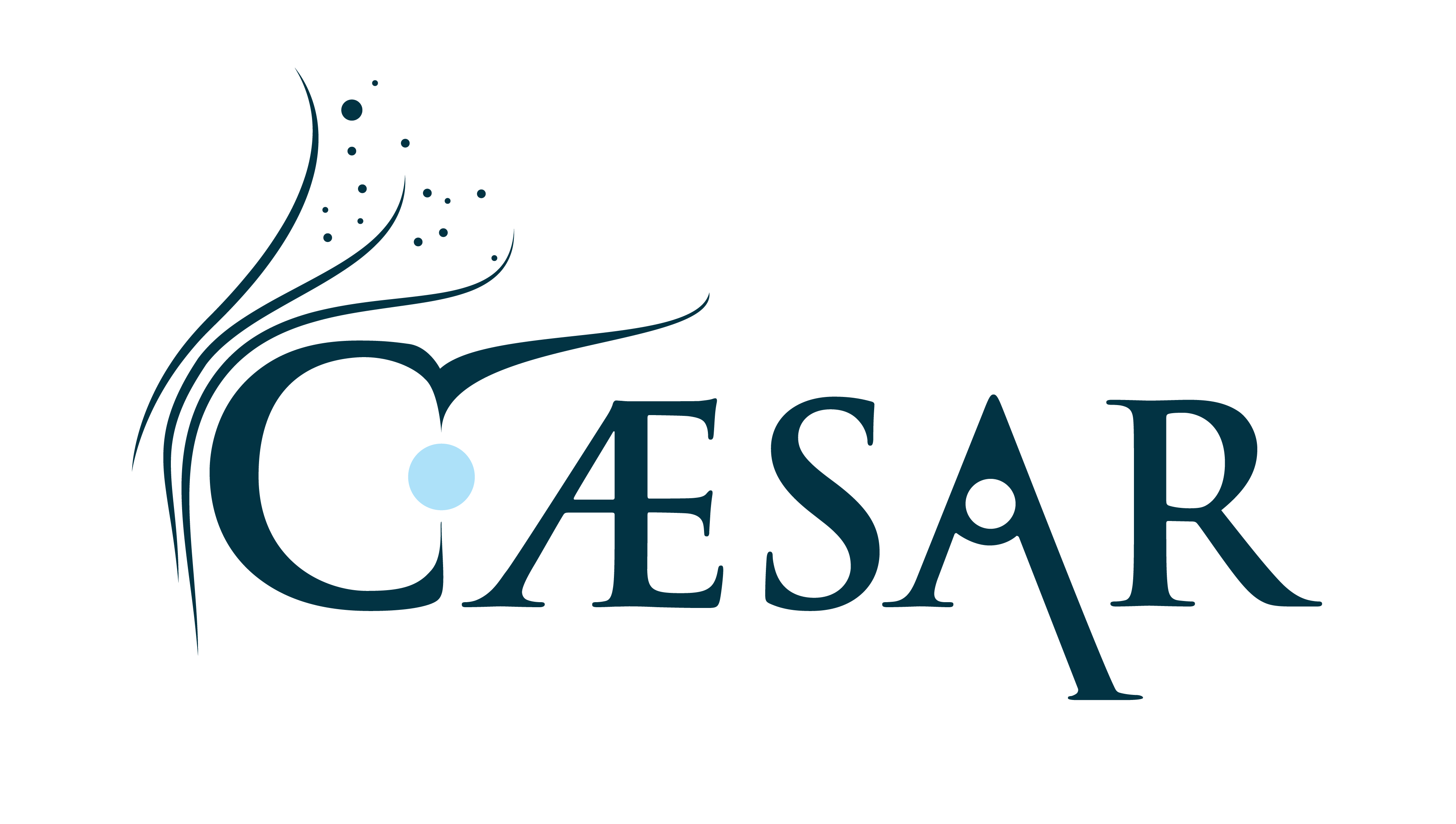WP1420
Magnetosphere-Ionosphere coupling via satellite data
One of the focal points of the CAESAR project is the study of the mechanisms that transfer energy in the Earth environment. WP1420 is aimed at investigating the magnetosphere-ionosphere coupling via in situ observations acquired by two flagship and strategic missions in low-earth orbit, such as the ESA’s Swarm ( https://earth.esa.int/eogateway/missions/swarm) and the Italian-Chinese Limadou/CSES ( https://cses.web.roma2.infn.it) missions.
This goal will be achieved through the observation of relevant physical parameters like the electron density and temperature and the geomagnetic field vector, and the computation of derived quantities like the ionospheric indices RODI, ROTI and ROTEI, together with the electrical conductivity parallel to the geomagnetic field.
All these relevant quantities will be studied and represented as a function of magnetic latitude, magnetic local time, seasons, solar and geomagnetic activity.
In particular, WP1420 will provide:
- time series of total electron content (TEC) for GNSS receivers;
- maps and time series of the ionospheric physical parameters mentioned above;
- maps and time series of the geoelectric field and ionospheric currents derived from the MA.I.GIC model;
- a tool Python for downloading, computing and mapping ionospheric indices from the Swarm mission;
- the detailed documentation describing any product.

Vertical component of the geomagnetic field of magnetospheric and ionospheric origin obtained from measurements by the Swarm mission over six years at 1 s cadence, in magnetic coordinates – Quasi-Dipole (QD) latitude vs Magnetic Local Time (MLT).

